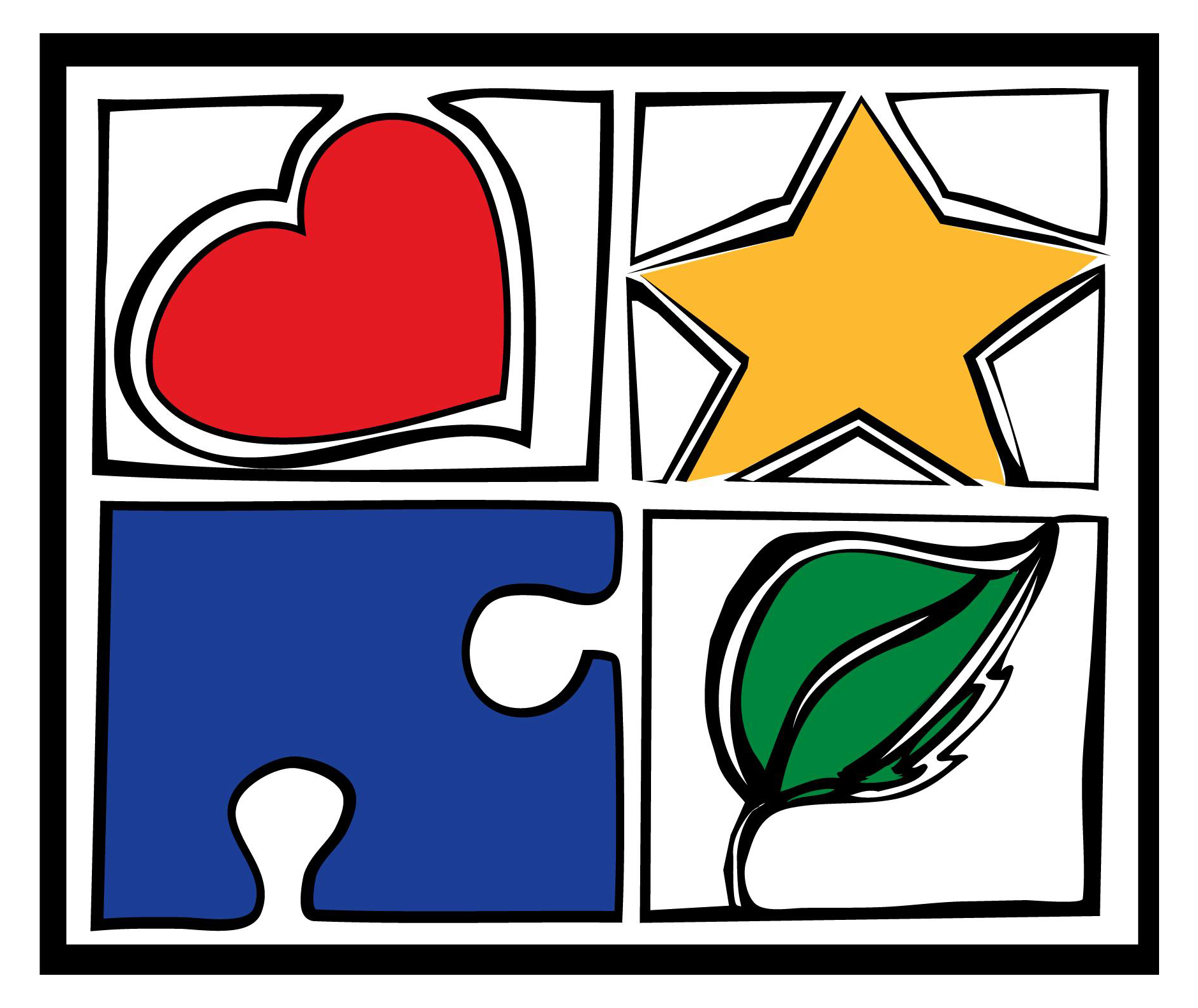Digital Citizenship

8 Cross-Curricular Units of Digital Citizenship
Digital citizenship is defined as the norms of appropriate, responsible behavior with regard to technology use. By embracing technology and to explore its various forms, students have a responsibility to model proper digital etiquette in using technology. Navigating the web intelligently and making appropriate decisions when using technology is an example of a good digital citizen. We want our children and students to carefully navigate the web while adhering to protocols that are symbolic of good digital citizenship.
VIEW HERE: CommonSense K-12 Digital Literacy and Citizenship Curriculum Overview
Common Sense Media identifies 8 cross-curricular units of Digital Citizenship. Those units, along with key points of information presented in those units, are presented next. View More information Here: Common-Sense Website
Internet Safety is a broad unit that provides general guidelines for online safety and it encompasses information from most of the 7 other units. The internet is a great place to learn and develop rewarding relationships, however to do so safely requires vigilance. This unit begins the process of developing responsible digital citizenship by instructing students on staying safe through employing strategies such as distinguishing between inappropriate contact and positive connections.
Privacy and Security educate students on protecting their data and identity. These days much of our information, both casual and private, is online. This unit provides information on keeping that information private, as well as the correct way to secure that information. Protecting yourself from scams and schemes, and how to analyze privacy policies are also a part of this unit.
Relationships and Communication explore both offline and online relationships. The beauty of the internet is that it brings people closer together and fosters relationships between people from across the world. This unit stimulates students to think critically about developing relationships with people online; explores the risks and responsibilities of carrying out romantic relationships in the digital world; and examines the different pressures teens face when growing up online.
Other important topics in this unit include:
- Stereotypes of Men and Women in the Media
- What it means to be responsible to and respectful of offline and online communities as a way to learn how to be good digital citizens
- Writing clear and respectful posts
- How to communicate effectively by Email
Cyberbullying is any kind of online behavior that makes people feel sad, scared, angry or upset. This unit explores what cyberbullying is, how to prevent it, and who to report it to. It encourages children to take an active role of an upstander and build positive and supportive relationships online. There are also multiple resources that help you talk to your children about it.
Digital Footprint and Reputation, a.k.a. Digital Shadow, is permanent information that a student places on the web, normally through Social Media, and is both searchable and can be copied and used by others elsewhere. Our digital world in permanent and with each post, students are building a digital footprint. By encouraging students to self-reflect before they self-reveal, they will consider how what they share online can impact themselves and others. Students also learn how to respect the privacy of others. The key takeaway of this unit is to be thoughtful in what you post online as it will be with you forever and may have devastatingly negative consequences.
Digital Self-Image and Identity is concerned with how students represent themselves online, and the relationship between online and offline selves. In so doing, students are encouraged to reflect on the role of digital media in their lives and examine the effects on their sense of self, their reputation, and their relationships.
Information Literacy is the set of skills needed to find, retrieve, analyze, and use information. It equips our students with the critical skills necessary to become independent, discerning lifelong learners. Students learn how to evaluate the quality, credibility, and validity of websites, and give proper credit.
Creative Credit and Copyright concerns the legal and ethical dimensions of respecting creative work. The goal is to produce responsible digital citizens that understand the difference between taking inspiration from the creative work of others and appropriating that work without permission.
Additional Resources
- Empowering Education: Becoming a Digital Citizen
- E-Rate & CIPA: Toolkit for Teachers
- Common Sense Education All-New Digital Citizenship Curriculum
- Common Sense Education: The Importance of Teaching Digital Citzenship
- Sophos Training Offerings
- Cofense Free Security Awareness Training
- Safe and Secure Online


